New Update: Boost Social Proof with Reviews & Automation
New Update: Boost Social Proof with Reviews & Automation
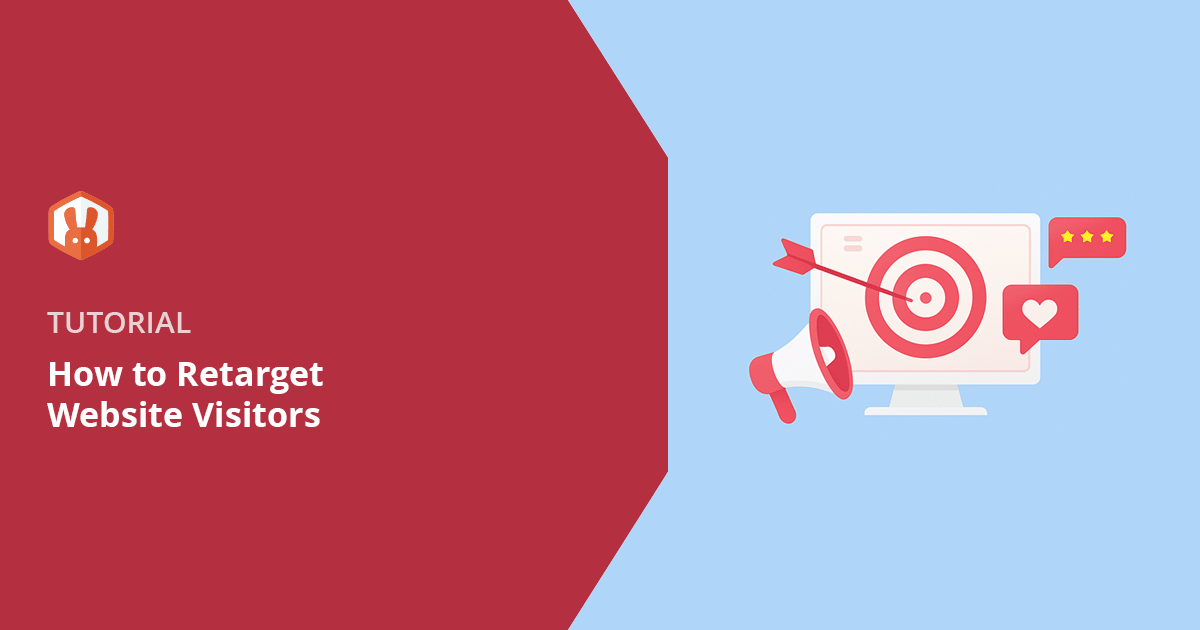
 John Turner
John Turner
 John Turner
John Turner
Have you ever looked at your website analytics and thought, “Where did everyone go?”
You’re not alone. Most visitors won’t take action right away, whether it’s joining a giveaway or making a purchase, and that’s exactly where retargeting comes in.
In this beginner-friendly guide, I’ll show you how to retarget website visitors so you can bring them back, re-engage their interest, and turn missed opportunities into real results.
In this guide:
Retargeting is a way to show ads to people who’ve already visited your website.
Let’s say someone lands on your giveaway landing page, looks around for a minute, and then leaves without entering. With retargeting, you can remind them about your site later by showing them an ad while they’re scrolling through Facebook, watching YouTube, or browsing other social media platforms.
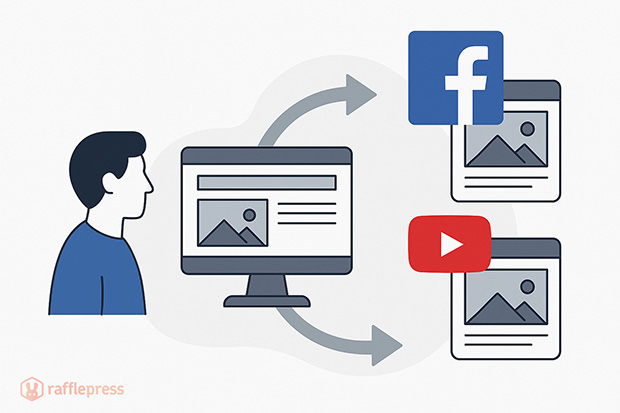
These retargeting ads work by using a small piece of tracking code, called a pixel or tag, that helps platforms like Facebook or Google know who visited your site. That way, you can stay in front of people who already showed interest and encourage them to come back.
Instead of spending money trying to reach cold traffic, website retargeting focuses on people who already know your brand.
Retargeting is so useful because it gives you a second chance to bring visitors back.
For example, the average conversion rate for most websites is under 1%. And if you’re running an online store, you might see cart abandonment rates as high as 70%. That means the majority of your traffic is slipping away before they ever complete an action.
Retargeting gives you a second chance to change that with more personalized retargeting campaigns that match their behavior. It helps you:
If someone already clicked through to your site, there’s a good chance they were interested. Retargeting helps turn that interest into action.
Now that you know why retargeting matters, let’s walk through exactly how to set up your retargeting campaigns. You don’t need to be an expert, just follow these simple steps to get started.
To start, you need to decide which platform you want to use for your retargeting ads. The most popular options are:
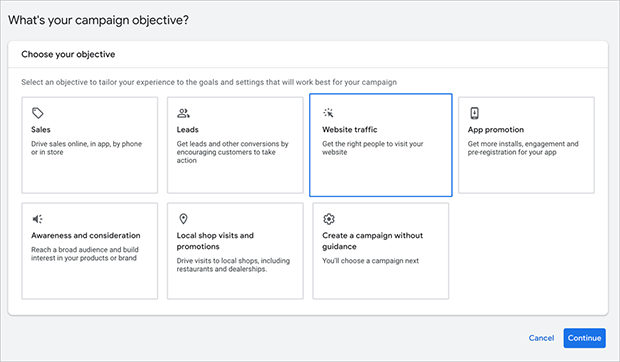
If you’re just starting out, I recommend going with Facebook or Google. They’re the easiest to set up and give you plenty of reach.
Once you’ve picked your platform, the next step is adding a pixel or tracking tag to your website. This small bit of code tells your ad platform who visited your site so you can reach them later.
Here’s how to add a pixel:
If you’re using RafflePress, you can also add your tracking code right inside the plugin under Settings » Success Tracking.
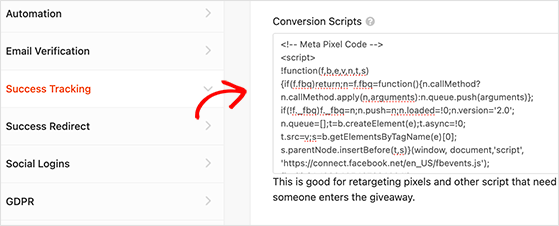
With custom audiences, you can retarget website visitors based on their behavior, like which pages they viewed or how long they stayed.
Some common examples include:
If you’re using Facebook, go to Audiences in Ads Manager and click Create a Custom Audience. Then choose Website as the source.
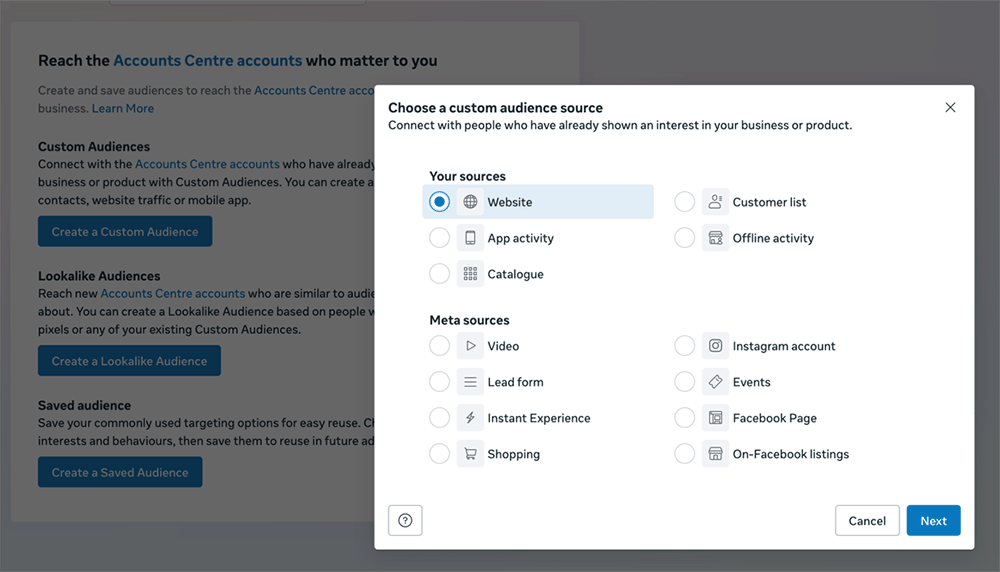
This tells Facebook to create an audience based on people who visited your site. You can choose options like “all website visitors” or only people who visited certain pages.
In Google Ads, go to Tools & Settings » Shared Library » Audience Manager. Then, under “Segments,” click + Website visitors.
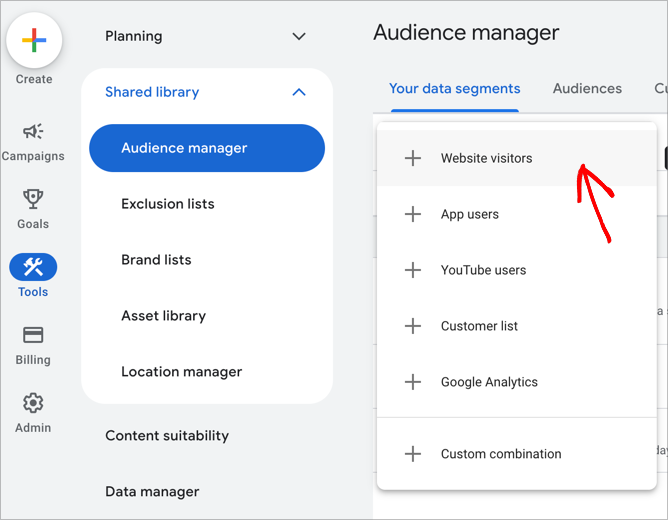
Now select the conditions for your audience based on visited URLs, time on site, or actions taken. You can get really specific here depending on what actions you want people to take next.
Next, it’s time to create an ad for your remarketing campaigns that speaks directly to returning visitors. Since they already know who you are, your message can be more focused.
Here are a few ideas:
A great example of this in action is the Facebook ad below. It targets people who added something to their cart but didn’t check out.
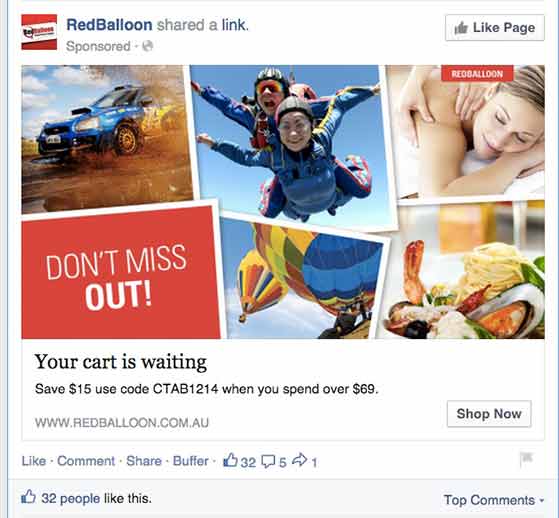
The copy highlights a 10% discount and adds urgency by mentioning that the cart will expire soon. That’s a smart way to bring shoppers back and close the sale.
When you build your ad, make sure it includes a clear call to action and links to a landing page that matches the message in your ad. That way, the experience feels seamless and encourages people to take the next step.
Once your ad is ready, set your budget, choose where it should appear, and hit publish. After that, check in on your campaign performance regularly.
Look at:
You might need to tweak your ad creative or try different audience segments, and that’s totally normal. Retargeting works best when you keep testing and adjusting.
Once your retargeting campaign is live, all that’s left to do is keep an eye on the results and keep refining your approach.
Once your retargeting campaign is up and running, the next step is figuring out what to do with it.
The good news is, there are plenty of creative ways to bring people back to your website, re-engage visitors who didn’t convert, and turn casual browsers into loyal customers.
Below are 9 retargeting ideas you can try.
Retargeting ads aren’t just for selling products. You can also use them to drive traffic to your most valuable content and give visitors a reason to come back and get to know your brand better.
For example, you could show a helpful blog post to people who visited your site but didn’t stick around long.
Start by checking your analytics to see which blog posts, videos, or landing pages perform the best. Then, create a retargeting ad that brings more people to that content.
For example, you could show a helpful blog post to people who visited your site but didn’t stick around long. This gives them a reason to come back and get to know your brand better.
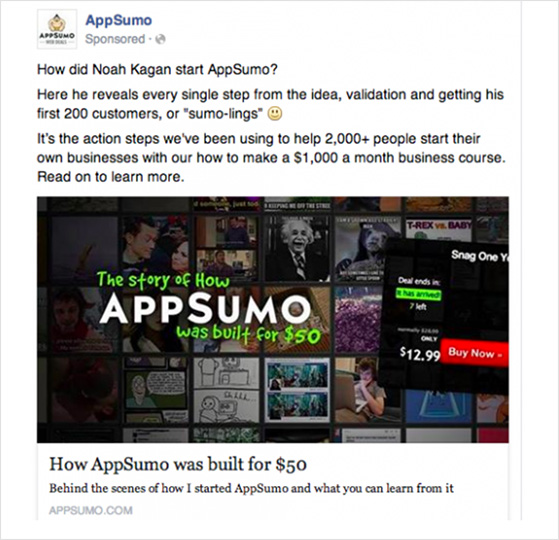
To avoid repeating yourself, make sure to exclude people who’ve already seen that piece of content from your targeting.
You can also show the ad when people are reading similar topics across the web. That way, your content shows up at just the right time.
If you’re using RafflePress to run a giveaway, you already know how much traffic contests can bring in. But did you know you can also retarget those visitors after they enter?
By adding a tracking pixel to your giveaway confirmation page, you can build a custom audience of people who entered your contest. Then, show them follow-up ads on social media that encourage them to check out a product, join your email list, or take the next step in your funnel.
RafflePress makes this easy. Just go to Settings » Success Tracking and paste your retargeting code into the field provided. Then click Save.
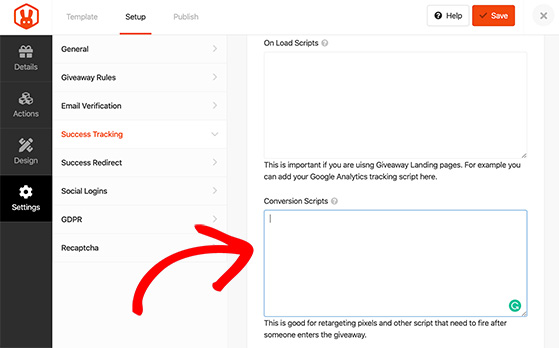
RafflePress will fire the tracking script as soon as someone enters your giveaway, so you can retarget them automatically.
You can create more relevant ads by grouping your website visitors based on the types of pages they viewed.
For example, let’s say you run an online furniture store. Someone visits your sofa category but doesn’t buy anything. Instead of showing them a generic ad later, you can show an ad that features your best-selling sofas. The same goes for people browsing coffee tables, beds, or office furniture.
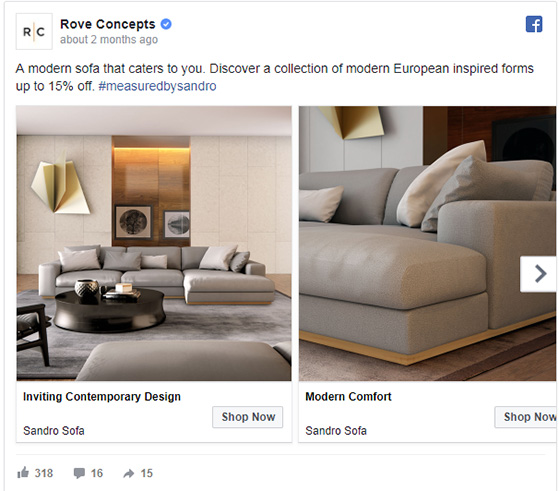
This way, you’re always showing the right content to the right people—based on what they were already interested in.
If your business runs events like webinars, meetups, or product launches, you can use retargeting to increase attendance.
Let’s say someone visits your registration page but doesn’t sign up. You can run a follow-up ad offering a discount or bonus to encourage them to come back and register.
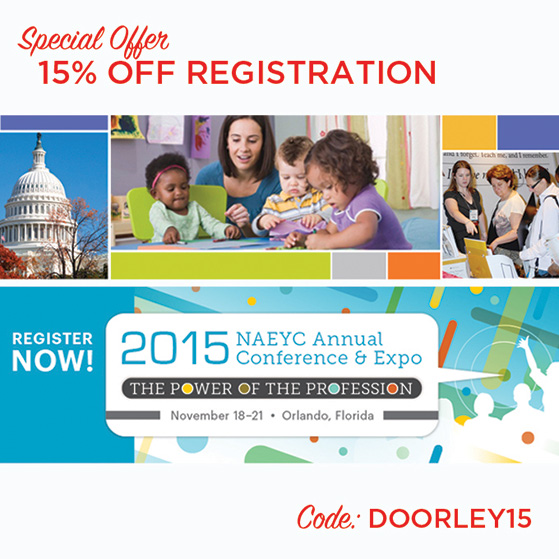
This works for both in-person and online events. You can even run a separate campaign to reach people who did register and remind them when the event is coming up.
Need more tips like this? Check out these event promotion ideas.
If you’re sending email campaigns, don’t stop at the inbox. You can retarget your subscribers on platforms like Facebook, Instagram, or YouTube, whether they opened your emails or not.
For people who open your emails, you’re working with warm leads. These subscribers are already interested, so showing them targeted ads can help reinforce your message and guide them toward the next step.
For people who haven’t opened your emails, retargeting is a great way to reach them in a different channel they’re more likely to notice. Sometimes a visual ad is all it takes to grab their attention.
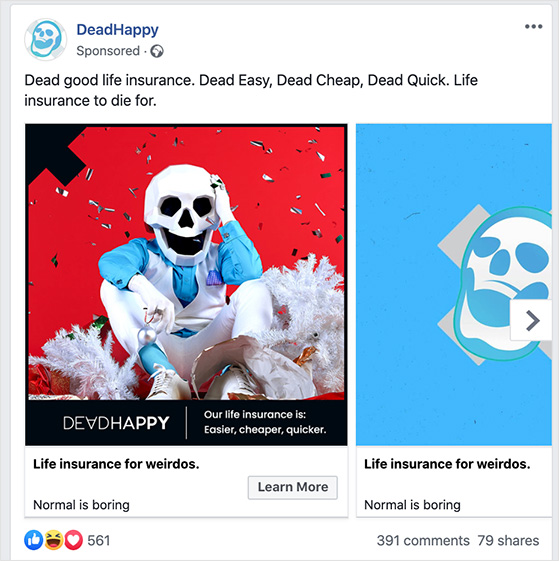
To get started, upload your email list to your ad platform and create a custom audience. You can also add your tracking pixel to your email template or signature, so subscribers are added automatically when they open.
Then build ads that match their level of engagement, whether it’s a reminder, a special offer, or something new.
If price is holding people back from converting, offering a discount through retargeting ads can help close the deal.
You could start by offering a small discount, like 10%, to people who visited your pricing page or added something to their cart but didn’t buy. If they still don’t convert, you can gradually increase the discount in follow-up ads.
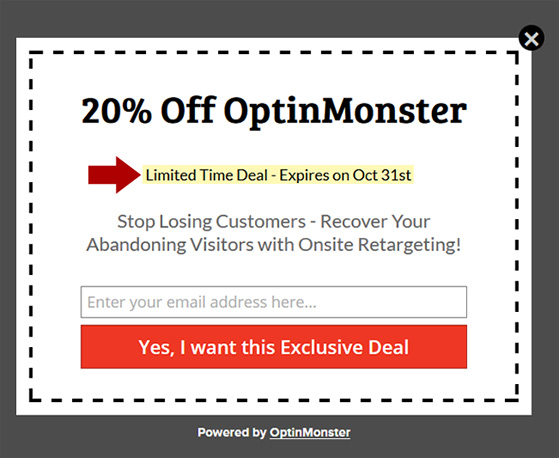
Just make sure you’re excluding people who already made a purchase so you’re not giving away money unnecessarily.
Retargeting is a great way to introduce existing customers to your other products or services.
Let’s say someone purchased your entry-level product. You can show them an ad for your premium plan, a helpful add-on, or even a bundle deal.
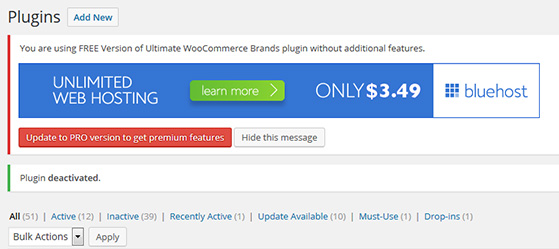
This is called upselling or cross-selling, and it’s a smart way to increase your average order value.
You can create a custom audience using their email address or a list of past purchases, and then build your retargeting campaign around that group.
When people think they have all the time in the world, they’re more likely to put off making a decision. That’s why urgency works so well in retargeting ads.
You can create urgency with a countdown, a limited-time offer, or a “last chance” message. This taps into FOMO (fear of missing out) and gives people a reason to act now.

For example, if you’re running a sale or closing entries for a giveaway, let your audience know the deadline is coming up fast.
Make sure your landing page reinforces the same urgency with matching copy.
Retargeting doesn’t always have to happen off your website. With onsite retargeting, you can catch visitors right before they leave, whether they’re about to close the tab, abandon their cart, or bounce from your page.
One popular tactic is using exit-intent popups. These popups appear when someone moves their mouse toward the browser’s close button, giving you a last chance to grab their attention.
For example, blogger Adam Enfroy used exit-intent popups to offer lead magnets and grew his email list by over 11,000 new subscribers in a year.
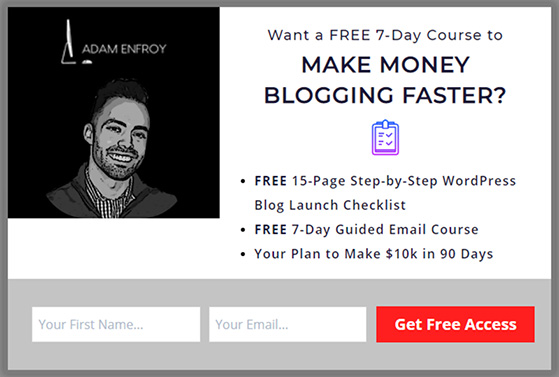
You can also use popups or banners to reduce cart abandonment. For example, Scott Wyden Imagery used a 10% discount popup to cut abandonment by 21%. The popup only triggered when a visitor was about to exit the checkout page—at exactly the right moment.
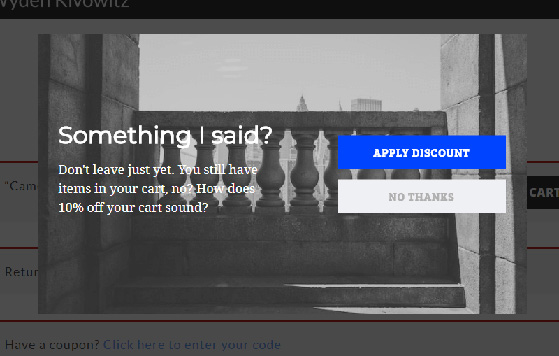
You can set this up easily using tools like OptinMonster or RafflePress (if you’re running a giveaway).
Retargeting is one of the easiest and most effective ways to get more out of the traffic you already have. Instead of letting visitors slip away, you can bring them back with helpful, timely ads, and turn more of them into subscribers, customers, or loyal fans.
When retargeting ads work, they help you turn missed opportunities into real growth.
If you’re using RafflePress, you can start collecting retargeting data right inside your giveaway campaigns. It’s a great way to grow your email list and re-engage visitors all in one go.
You may also find these other marketing ideas to help grow your business:
If you liked this article, please subscribe to our YouTube Channel for RafflePress video tutorials. You can also find us on Twitter and Facebook.
Disclosure: Our content is reader-supported. This means if you click on some of our links, then we may earn a commission. We only recommend products that we believe will add value to our readers.
Copyright © 2024 SeedProd LLC. RafflePress® is a registered trademark of SeedProd LLC